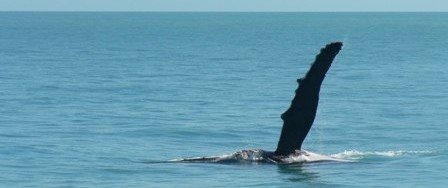It has been quite a while since we have provided an update on the Arraluli Whale Sanctuary Project.
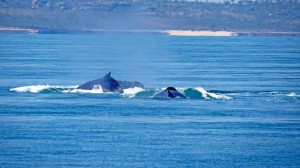
At the time of our last update Arraluli Traditional Owner Isobel Peters had just returned from visiting the whale sanctuary grounds with a documentary TV film crew and a Federal national heritage assessor.
Shortly after that the State government announced its intention to create a marine park that would encompass the AWSP areas, as well as other areas to the south. The Federal government also gave a national heritage listing to Montgomery reef.
These were two important steps in both State and Federal governments recognising the unique biodiversity and cultural and wilderness values of this area of Western Australia inside which the Arraluli clan areas exist.
“It made us feel good that there was some sense coming in about this area’s values. Even if the government seemed to not be directly engaging with us Traditional Owners properly through these processes, the message was getting through,” says Isobel who provided written submissions to both the State and Federal plans.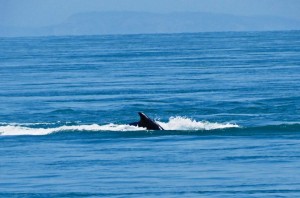
In early 2014 Isobel Peters accepted a board position on the joint management board for the Western Australian government’s Lalang-garram Camden Sound Marine Park.
“I accepted the offer to represent myself as one of the major traditional owners whose country makes up the marine park areas,” Isobel says.
Isobel will continue through her position on the park board, and as a senior member of the Worrora tribe and head of the Arraluli clan, to advocate for key issues that still need to be addressed in regard to the marine park.
“These are protecting areas from damage, particularly where the wilderness values are rare and are used for breeding cycles of all life including the humpback whales.
“There is still a lot of this going around the edges, and not listening to us as a Traditional Owner, even though we have been right since day one and proved it to them that we know about this area and how significant it is in marine science as well as for our Creation stories.”
The main priorities for the AWSP and the Arraluli is to continue to advocate for enforcement of their legal rights, which leads to the greater protection of the environmental values.
to the greater protection of the environmental values.
“Right now we want a few important things to progress, the first of which is fixing up areas in the marine park that are not mapped out properly and leave very sensitive places open for damage.
“The second, and just as important, is to stop all walking on reef and sensitive lands and islands in the area. Under Australian law anyone who does this in Arraluli areas is trespassing and can be prosecuted.
“What we want is cooperation from tourist operators and other users in changing their behaviour.
“We will then work with them to deliver a rich experience they will remember.”
World first whale research
When the AWSP members first started to speak to government and other stakeholders, none of them, not even the top funded whale researchers who later claimed the glory of discovery, even knew that Arraluli was a whale birthing and nursing ground.
“Originally the only people who knew this were my people and the people who worked for us and a few of the Captains who had spent some time in the waters and shared their knowledge with us.
In the process of engaging with the research ‘awakening’ and its push for a stake in the new wonder of Western Australia, the Arraluli have assisted in the first research from this area.
“The research is very limited, and has been done on very rough basis, but it confirms basic things like the indication of numbers and passage of whales from the end of the migration period, August to September, and how that is the period where the last of the whales are remaining in my area, mostly rearing their young.
“As the Traditional Owner our old people have shared with us many observations of the whales, and how they hang around in that area.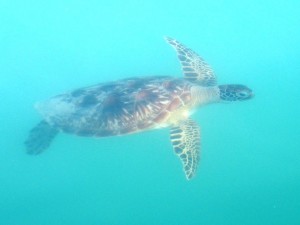
“These stories have led to our observations and dreaming song lines being provided for the direction of scientific research we assisted with, and then confirmed by the scientists we have worked with, about the ‘lifeforce’ around the Arraluli whale areas, exactly where we showed the scientists to look, that are the centre of the whale dreaming for our people, and they have found biota and food source at the highest levels on the planet, associated with intense life chain and biodiversity.”
Interviewed several years ago on Australian television in a story about the whale migration to the area, Isobel told how her old people had songs for the whales, and how elders in her tribe, who had spent time with her largely deceased family, sung songs in traditional language of the whales and their role in the creation of the unique formations and inter-tidal flows that mark this rich marine environment.
These deeds, recorded in song, champion the carving of the coastal rock, and the shaping of the tidal movements by the whale’s flipper. They are also actual observable natural forces creating what scientists today have observed to be the essence of the environment that builds the food chain that sees these creatures apex their northern migration from the depths of the arctic, to suckle and train their infants, newly born in the waters south to here once a year. In other words they have directed scientists to the discovery areasm, and in doing so confirmed the perennial tribal custodianship of scientific observations of the ecology of this area.
Preliminary data has indicated that the area is abnormally ‘productive’ in terms of biota not just for Kimberley standards but Australian and indeed, international- just as Isobel had informed them when they first begun their quest.
“It’s wunguud place. It’s been created like that, for those animals to feed and grow,” she said.
The Arraluli Whale Sanctuary Project (AWSP) was established to acknowledge the voice of the Aboriginal traditional owners of the Camden sound area – the Arraluli clan of the Worrora tribe – on the issues surrounding humpback whale conservation in this remote part of North Western Australian.
It built on the groups previous work in trying to encourage recognition of the need to get help in protecting their area’s rare cultural and wilderness estate.
During the last five years, this area has come to the attention of the world as a major humpback breeding ground. The natural and biological formations have much to offer the humpback for its calving grounds, unique and rich feeding chains that nourish these huge mammals as well as a plethora of other marine life including saltwater turtles and dugongs, temperature tolerant inter-tidal reefs that provide shelter, some of the last intact marine and terrestrial eco-systems not only in Australia, but the world.
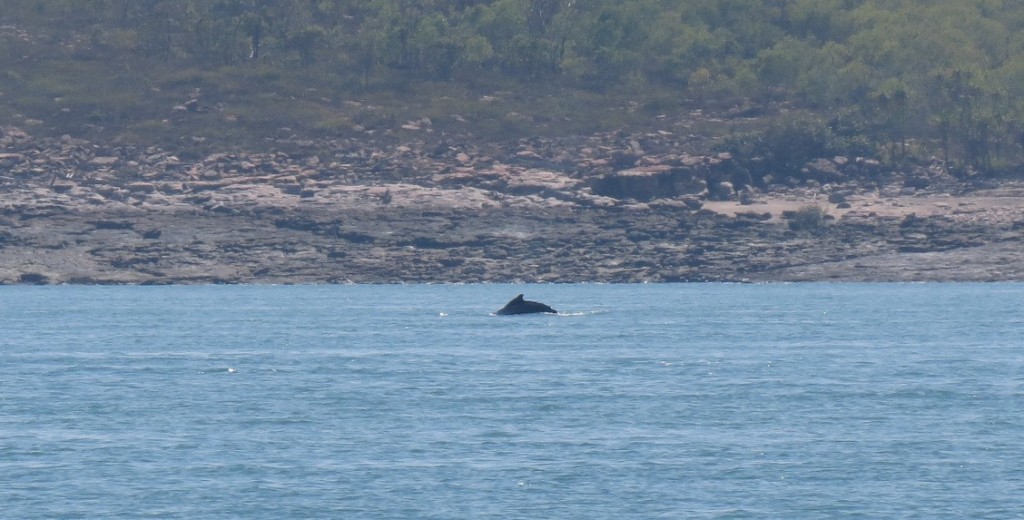
Mindful of the problems that can be associated with announcing the existence of such rare environmental areas, and how it can merely stimulate a greater bloodlust for its destruction and development, the Arraluli have worked hurrriedly with key agencies and organisations to codify their traditional land rights into a wilderness estate. Stay tuned for more updates or to send isobel an email:
arraluli@gmail.com
